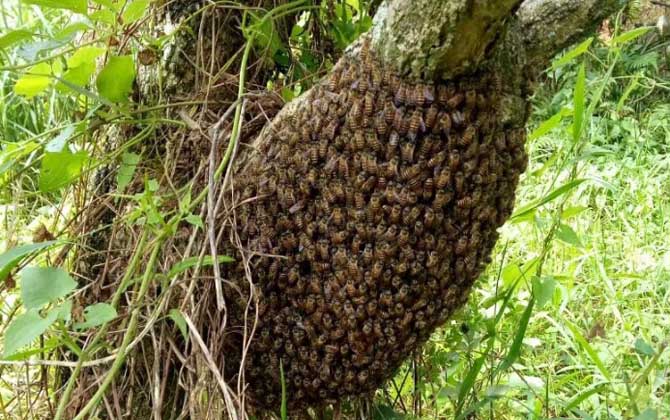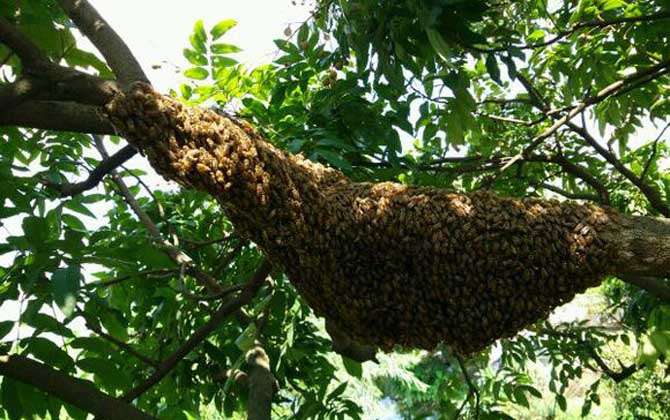Understanding and Preventing Natural Swarming in Bees
What is Natural Swarming?
Natural swarming is the primary method for honeybee colonies to expand their population, typically occurring in spring when climate conditions are favorable and nectar sources abundant. During this process, the old queen bee leaves the original hive with a large group of young worker bees to establish a new colony, while the existing hive is reserved for the emerging new queen. Below we explore effective strategies to prevent natural swarming while maintaining healthy bee populations.

1. Destroy Queen Cells
The appearance of queen cells serves as a critical warning sign of impending swarming. Key points to remember:
- Immediate removal of queen cells can temporarily delay swarming
- Repeated destruction may intensify swarming instincts
- Risk remains until underlying causes are addressed
Pro Tip: Regularly inspect hives every 5-7 days during swarming season to catch early signs.

2. Optimize Hive Space
Overcrowding is a primary trigger for swarming. Management strategies include:
- Remove old/damaged honeycombs regularly
- Maintain proper ventilation through comb arrangement
- Ensure adequate space for brood expansion
Practical Method: Use a 70-30 ratio – keep 70% of comb space occupied and 30% available for expansion.

3. Queen Replacement Strategy
Queen quality significantly impacts swarming behavior:
| Internal Factors | External Factors |
|---|---|
| Genetic predisposition to swarm | Age-related pheromone reduction |
| Strong reproductive drive | Physical impairments or disease |
Solution: Replace queens showing swarming tendencies with younger, high-quality queens from reputable breeders.

4. Brood Frame Management
Address nurse bee overpopulation through:
- Transfer sealed brood frames to weaker colonies
- Introduce egg/larva frames to increase workload
- Maintain optimal worker-to-brood ratio (3:1 recommended)
Note: This method helps redirect excess energy into productive tasks rather than swarming preparation.

5. Essential Considerations
Critical Points for Beekeepers:
- Swarming reduces colony strength by 50% – avoid during honey flow seasons
- Combine multiple prevention methods for best results
- Monitor hive weight changes as early warning signs
When Prevention Fails:
If swarming becomes inevitable, conduct controlled artificial swarming:
– Use newly emerged workers (under 3 days old)
– Pair with the original queen
– Maintain 2-3 km distance between old and new hive locations
Advanced Monitoring Techniques
Modern approaches to swarm prevention include:
✓ Temperature/humidity sensors in hives
✓ Weight monitoring systems
✓ Pheromone level testing kits
✓ Regular brood pattern assessments
By implementing these comprehensive strategies, beekeepers can effectively manage colony growth while minimizing production losses from natural swarming events.